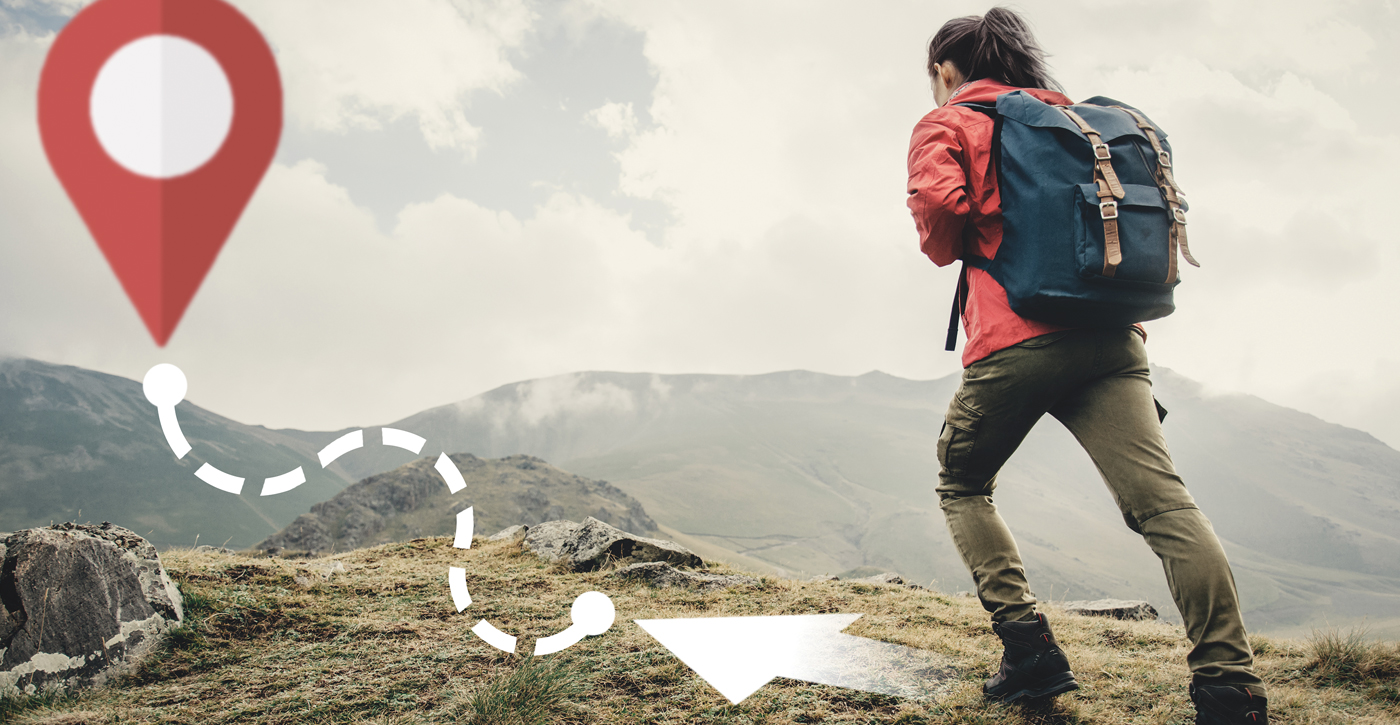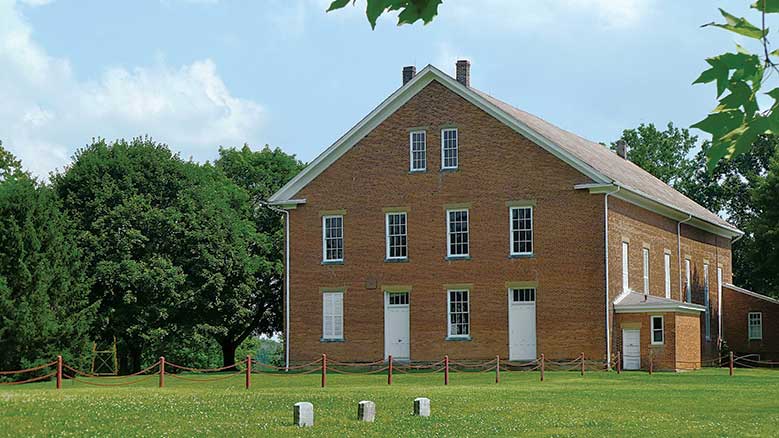Be no more than God hath made thee. Give over thine own willing; give over thine own running; give over thine own desiring to know or to be any thing, and sink down to the seed which God sows in the heart, and let that grow in thee, and be in thee, and act in thee, and thou shalt find by sweet experience that the Lord knows that, and loves that, and will lead it to the inheritance of life, which is his portion.
—Isaac Penington, 1661
To sink down to the seed we need not only silence, we need also stillness. When we adults fidget in Quaker meeting, we unconsciously reinforce our habitual ways of thinking and being and doing. Fidgeting is a way of avoiding something. When we sit still we come closer to who we are and are more able to observe the shifting sands of the mind that we label I, me, and mine. If we can be still, we can be moved by the Holy Spirit. Stillness is disturbing. No wonder we fidget and look around and cough; we want to hide from ourselves, from each other, and from God.
"Let the Light search you and try you, for it will deal plainly with you, it will rip you up and lay you open and make all manifest which lodgeth within you." Margaret Fell speaks of a radical confrontation with ourselves in which we are indicted and convicted by the Holy Spirit. The body and the mind are not separate. We are embodied Spirit. We need to allow ourselves to be just as we are because we can only be as hospitable to others and to God as we are to ourselves. We need to sit still in order to free ourselves from our habitual, often unconscious ways of avoiding what we most need to address. Physical stillness is a training ground where we can learn to be less neurotic and more wise. When we practice stillness together in worship, it helps us to become one body, a larger conduit for love and healing.
Physical stillness promotes mental calm. By remaining still and not obeying every impulse to adjust the body, thoughts quiet down and it is easier to discern which ones to act on. By allowing the body to be still, we notice the subtler, more essential movements of life: the breath, the blood, sounds from inside and outside, the movement of air across the skin. When our bodies are relaxed and alert, we see beyond our usual preoccupations and are more available to new insight. Being still and witnessing whatever happens is part of the process of becoming a vessel through which life can flow more freely; then we are less locked into our habitual reactions and more likely to act and speak and live in wise and loving ways.
Try sitting in a position that minimizes the need to move, with the spine as erect and unsupported as possible. This posture may feel strange at first but it becomes comfortable with a little practice. This posture promotes balance and opens up the front of the body, allowing the breath to come and go freely. Place both feet flat on the ground directly beneath the knees; keep the hands still in the lap or on the thighs. Try keeping your eyes closed for the duration of the meeting; much restlessness enters through the eyes. Use the breath as a focus or anchor point for the attention, a place to come back to when you realize you’ve been lost in thinking. When you need to move, do it consciously: notice the desire to move, move mindfully, and return to stillness. Experiment. Explore. Be patient. When the mind and body settle, the heart can relax and expand, and we are transformed. Tremendous energy can flow into our lives through stillness. Fidgeting keeps us on the surface; stillness takes us into the depths where we learn to "be no more than God hath made."
Caroline Jones
Birmingham, UK



